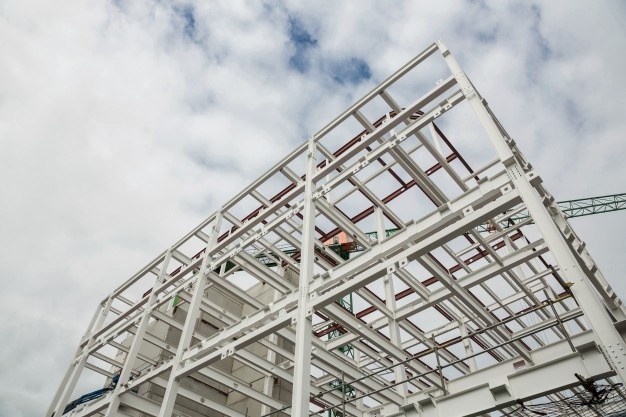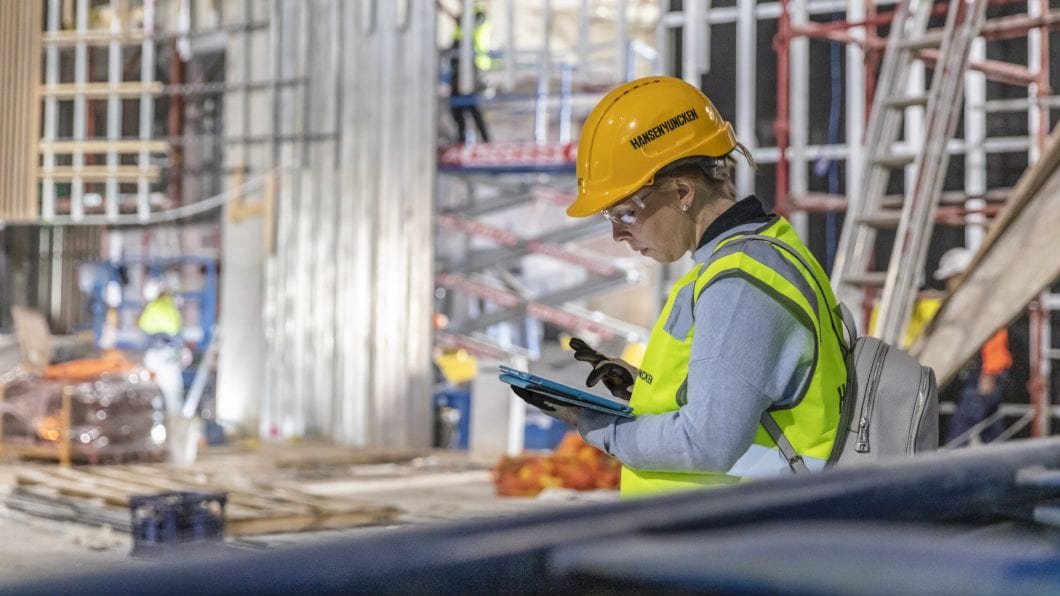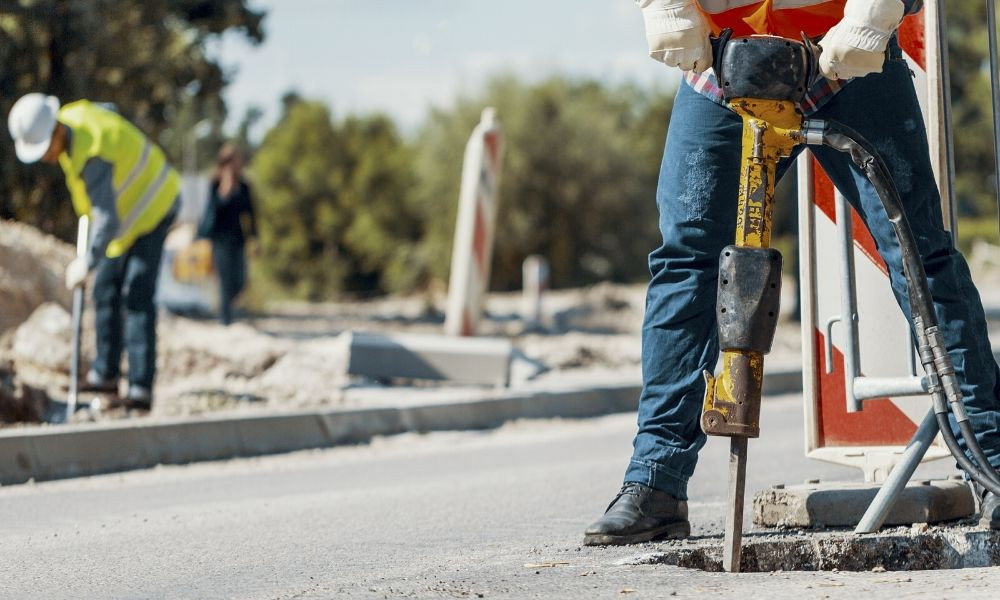From finding a contractor to completing the building, construction can be a laborious and lengthy process. Hence, it is essential to closely monitor each stage of the process to ensure that quality in the procedures and materials is sustained throughout the construction.
Fortunately, there are experts in Melbourne that undertake all the arduous necessities of inspections. Following the construction process, inspectors typically scrutinize each of the stages and look for possible errors, oversights, and deviations from the approved plans and have them corrected as soon as possible.
1st Stage: Bored Pier
Most states or cities have set rules in how they do building inspections. With Melbourne building inspections, they typically begin with bored piers, which serve as the foundation of multi-story buildings. As the footing of tall structures, the concrete pillars are drilled into the ground to add to a building’s structural integrity and stability.
In other words, these structures fortify a building so that it remains standing even during tremors caused by external and natural causes. Hence, if the inspector does not properly monitor this stage and the foundation is substandardly constructed, the potential of the building to fail could endanger people’s lives once the building is in use.
2nd Stage: Pre-Slab
The pre-slab inspection occurs before concrete is applied. In this stage, engineering is necessary to guarantee that the slab design is appropriate for the site’s geotechnical conditions. The inspector then ensures that the slab design and application comply with the approved plans and standards.
Besides that, inspectors also need to be alert of defects that can typically exist in reinforcements, formwork, barriers, drains, pipe penetrations, and other components. If these flaws are left untended, preventable issues could arise in the future. Moreover, repairs would be inconvenient after the concrete has been poured and dried.
3rd Stage: Frame and Slab Finish
Framing uses wood or structural steel to emulate the skeleton of a building, including layouts for walls, beams, windows, doors, and ceilings. In this stage, the expert inspects the frame of the building for alignment, structural load points, bracing, quality of materials, quality of craftsmanship, compliance with the approved plans, and other necessary layout inspections.
Of course, inspectors also examine the slab finish to ensure that the slab edges and leveling are flawless. Otherwise, slab issues can interfere with the alignment of the frame and decrease the overall soundness of the design. Moreover, the physical outcome of the frame structure could lack accuracy in depicting the original approved plans.
4th Stage: Pre-Plaster Building
Often, professionals find defects that the builders address after the third stage. When getting into the fourth stage, the inspector reinspects the repairs of those defects to serve as a last chance examination. This step is an assurance that the walls and ceilings can be plastered without issues surfacing from the previously listed errors.
Other than that, the inspector carries out the main task of this stage by confirming that the internal and external walls, ceiling trims, insulation, electrical arrangements, gutters, roofing, and others are ideal and comply with the approved design before plastering is applied.
5th Stage: Pre-Plaster Plumbing
Of course, everything plumbing-related also needs to be inspected to make sure that all lines are functional. In this stage, inspectors assess and test the gas line, water line, drainage, gutter, ducted air conditioners, and pipe locations.
Similar to the fourth stage, the series of rigorous tests and assessments in this step is necessary as an assurance of the plumbing system’s effectiveness. Once the locations of all the plumbing points have been approved, the walls and ceiling can be plastered.
6th Stage: Fixing and Waterproofing
The fixing stage inspection begins after installing doors, skirting boards, and joineries. Here, a building inspector assesses the outcome of the installation of walls, ceiling, doors, windows, roofing, external walls, and other components of the building. If inspectors discover issues, they are reported promptly so that the builders can address them as soon as possible.
Additionally, waterproofing is applied to shower areas, comfort rooms, balconies, and other areas prone to wetness to prevent water ingress. The outcome of this process is also monitored to ensure that leaks leading to rotting and molding, a result of continuous water ingress, can be avoided in the long run.
7th Stage: Completion
After builders apply the finishing touches at the end of the construction process, an inspector needs to perform a completion inspection. In this stage, the expert identifies whether the finished product thoroughly follows the approved plans and looks as it should. Moreover, the inspector tests the components once again to verify that everything works as it should.
The inspection in this stage covers the interior, exterior, roofing, drainage system, plumbing, safety features, and overall appearance. If components are found to be unsatisfactory, they are reported and, under contractual obligations, are due for repair with the builders within a set time.
Takeaway
Although construction is a lengthy undertaking, the beauty of the final output is always worth the grind. Moreover, with the assistance of expert inspectors to check and verify the technique and materials used at every stage of the process, you can trust that the outcome will be undoubtedly satisfactory.




















